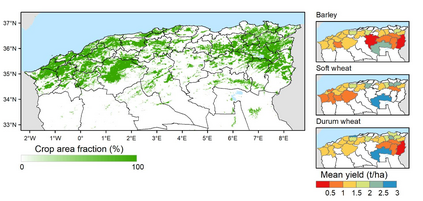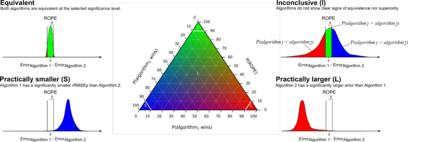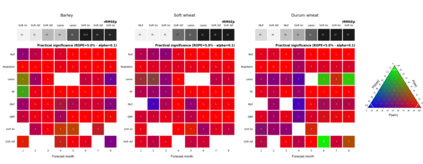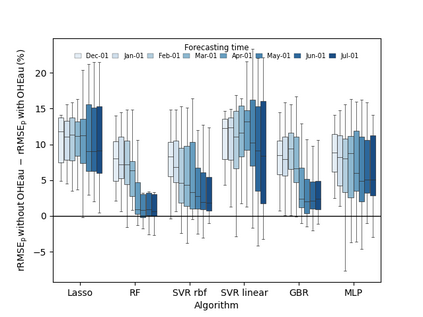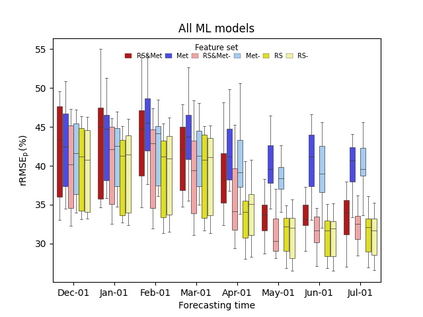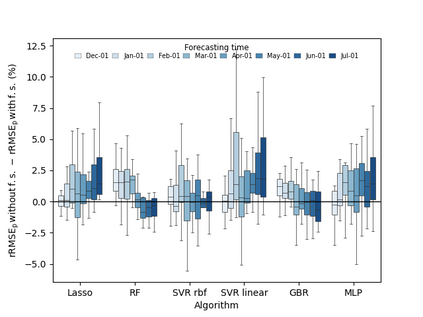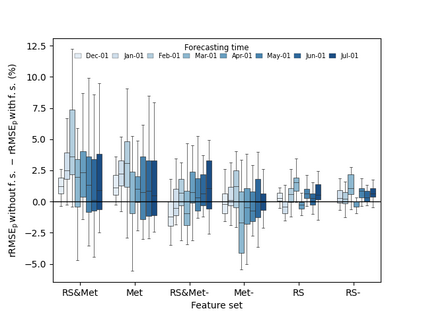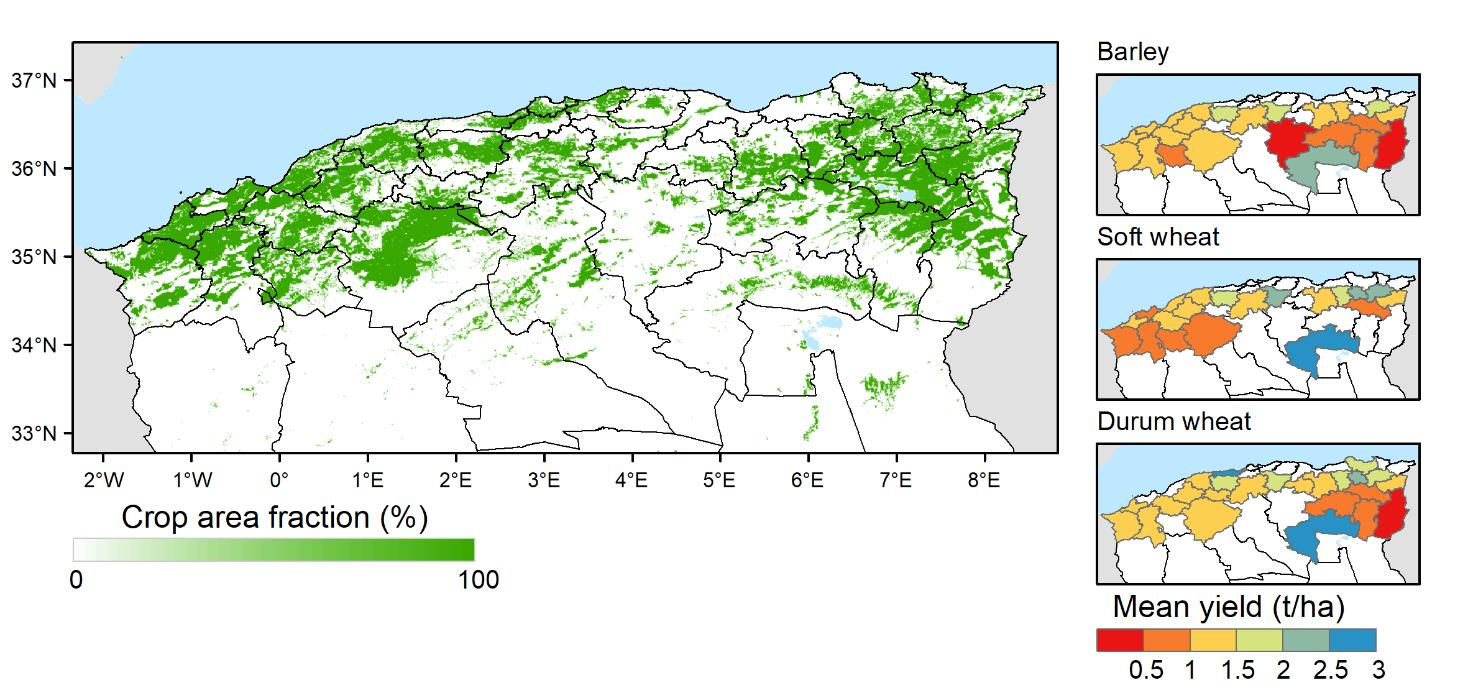Forecasting crop yields is important for food security, in particular to predict where crop production is likely to drop. Climate records and remotely-sensed data have become instrumental sources of data for crop yield forecasting systems. Similarly, machine learning methods are increasingly used to process big Earth observation data. However, access to data necessary to train such algorithms is often limited in food-insecure countries. Here, we evaluate the performance of machine learning algorithms and small data to forecast yield on a monthly basis between the start and the end of the growing season. To do so, we developed a robust and automated machine-learning pipeline which selects the best features and model for prediction. Taking Algeria as case study, we predicted national yields for barley, soft wheat and durum wheat with an accuracy of 0.16-0.2 t/ha (13-14 % of mean yield) within the season. The best machine-learning models always outperformed simple benchmark models. This was confirmed in low-yielding years, which is particularly relevant for early warning. Nonetheless, the differences in accuracy between machine learning and benchmark models were not always of practical significance. Besides, the benchmark models outperformed up to 60% of the machine learning models that were tested, which stresses the importance of proper model calibration and selection. For crop yield forecasting, like for many application domains, machine learning has delivered significant improvement in predictive power. Nonetheless, superiority over simple benchmarks is often fully achieved after extensive calibration, especially when dealing with small data.
翻译:预测作物产量对于粮食安全非常重要,特别是对于预测作物产量可能下降的地点非常重要。气候记录和遥感数据已成为作物产量预测系统的数据的有用来源。同样,机器学习方法也越来越多地用于处理大型地球观测数据。然而,在缺乏粮食安全的国家,为培训此类算法而获得必要数据的机会往往有限。在这里,我们评估机器学习算法和小数据的业绩,以预测从开始到生长季节结束的每个月的产量。为了做到这一点,我们开发了一个强大和自动化的机器学习管道,选择了最佳特征和模型用于预测。在阿尔及利亚进行案例研究时,我们经常以0.16-0.2吨/公顷(平均产量13.4%)的准确度预测大麦、软小麦和杜鲁麦的国家产量。最好的机器学习模型总是比简单的基准模型要好得多。此外,基准模型的精确度差异并不总是具有实际意义。此外,基准模型的精确度通常高于60 % 平均产量(平均产量的134% ) (平均产量) (平均产量的13-14 % ) 预测模型的精确度) 之后,机器学习模型的精确度的精确度比重度比重 。 模型的精确度的精确度的精确度的精确度的精确度比重比重模型的模型的精确度比重于60 。在机器的模型的精确度的模型的精确度的精确度的精确度的精确度的精确度的精确度的模型的比比比重度的模型的比重度的精确度的精确度的精确度的比比比比比比重 。在机器的模型的模型的精确度的精确度的精确度的精确度的精确度比比重在机器的模型的精确度的精确度的精确度的精确度的模型的比比比比比比比比比比比重, 。

